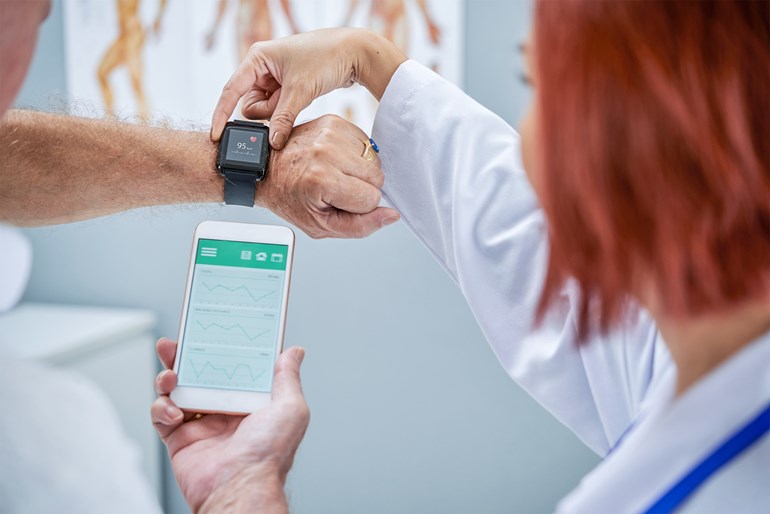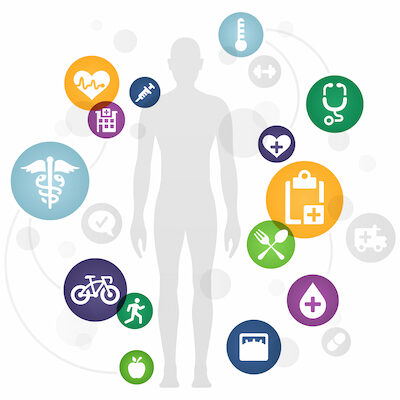Table of Contents
- Introduction
- Wearables: Beyond Fitness Tracking
- Remote Patient Monitoring: Bridging Gaps in Healthcare
- The Clinical Trial Revolution
- Objective Outcome Measures: Reducing Bias in Research
- Patient Engagement: Empowering Participants in Research
- Real-world Evidence: Bridging the Gap between Controlled Trials and Everyday Life
- Digital Biomarkers: Revolutionizing Disease Monitoring
- Cost Efficiency: A Win-Win for Researchers and Participants
- Addressing Challenges: Privacy, Standardization, and Validation
- The Future of Wearables in Clinical Research
- Conclusion
- Introduction to Clinical Research
- Ethics in Clinical Research
- Diploma in Clinical Research
Introduction
In the dynamic landscape of healthcare, technology continues to revolutionize the way we approach clinical research. One of the most impactful innovations in recent years is the integration of wearables into the realm of clinical trials and research. These small, unobtrusive devices worn by individuals have the potential to transform how we collect and analyze health data. In this blog, we’ll explore the manifold ways in which wearables are reshaping the clinical research landscape, from remote patient monitoring to the emergence of digital biomarkers.
Wearables: Beyond Fitness Tracking
Wearables have evolved far beyond their initial conception as fitness trackers. While steps and heart rate monitoring are still essential features, the capabilities of modern wearables have expanded to encompass a diverse array of health metrics. From sleep patterns and activity levels to skin temperature and oxygen saturation, these devices provide a comprehensive, real-time snapshot of an individual’s health.
Remote Patient Monitoring: Bridging Gaps in Healthcare
One of the most significant contributions of wearables to clinical research is their role in remote patient monitoring (RPM). For individuals with chronic conditions or those participating in clinical trials, wearables offer a means to collect continuous, objective data without the need for frequent clinic visits. This not only enhances patient comfort but also provides researchers with a wealth of real-world data, improving the overall quality and relevance of clinical studies.
The Clinical Trial Revolution
Clinical trials, the backbone of medical research, are undergoing a transformative shift with the integration of wearables. Traditionally, clinical data collection relied heavily on periodic visits and self-reported information. Wearables, however, enable a more continuous and objective assessment of participants’ health. For example, in a trial evaluating the effectiveness of a new medication, wearables can offer insights into how the drug influences daily activities, sleep patterns, and overall well-being.
Objective Outcome Measures: Reducing Bias in Research
The reliance on self-reported data in clinical trials introduces an inherent degree of subjectivity and bias. Wearables, by providing objective outcome measures, help mitigate these challenges. Whether tracking the impact of a treatment on heart rate variability or monitoring changes in physical activity levels, wearables contribute to a more accurate and reliable assessment of treatment efficacy.
Patient Engagement: Empowering Participants in Research
Engaging participants actively in the research process is a key challenge in clinical trials. Wearables play a pivotal role in addressing this issue by involving participants in the monitoring of their health. This not only fosters a sense of empowerment but also enhances compliance with study protocols. Participants become more invested in the research, knowing that their contributions are actively shaping scientific understanding.
Real-world Evidence: Bridging the Gap between Controlled Trials and Everyday Life
While controlled clinical trials are essential for establishing the safety and efficacy of interventions, they often fall short in capturing the complexities of real-world scenarios. Wearables bridge this gap by collecting data in participants’ natural environments. This real-world evidence (RWE) provides valuable insights into how treatments perform in diverse settings, contributing to a more holistic understanding of their impact.
Digital Biomarkers: Revolutionizing Disease Monitoring
The continuous streams of data generated by wearables have given rise to the concept of digital biomarkers. These are quantifiable, objective indicators of health or disease, extracted from wearable-generated data. For instance, subtle changes in sleep patterns or variations in gait can serve as digital biomarkers for conditions such as Parkinson’s disease. The identification and validation of these digital biomarkers represent a paradigm shift in disease monitoring, offering a more nuanced and personalized approach.
Cost Efficiency: A Win-Win for Researchers and Participants
Clinical research is often constrained by budgetary considerations. Wearables present an opportunity to enhance cost efficiency by reducing the need for frequent clinic visits and manual data entry. Participants benefit from the convenience of wearables, while researchers can collect a richer dataset without the logistical challenges associated with traditional data collection methods.
Addressing Challenges: Privacy, Standardization, and Validation
While the potential of wearables in clinical research is immense, several challenges must be addressed. Data privacy is a paramount concern, and researchers must implement robust security measures to safeguard participant information. Standardization of metrics is another challenge, as different wearables may use varying algorithms and sensors. Establishing a common framework for data interpretation is crucial for ensuring consistency across studies. Additionally, the validation of wearables in clinical contexts is an ongoing process to ensure the accuracy and reliability of the data they produce.
The Future of Wearables in Clinical Research
As technology continues to advance, the future of wearables in clinical research holds even greater promise. Integration with artificial intelligence (AI) and machine learning algorithms will enhance the predictive capabilities of wearables, allowing for early detection of health issues and personalized interventions. Furthermore, collaborations between researchers, healthcare providers, and technology developers will play a pivotal role in shaping the next generation of wearables tailored specifically for clinical research.
Conclusion
Wearables have emerged as a transformative force in clinical research, offering a wealth of opportunities to enhance data collection, improve participant engagement, and revolutionize disease monitoring. From remote patient monitoring to the identification of digital biomarkers, the applications of wearables in healthcare are diverse and far-reaching. While challenges persist, ongoing advancements in technology and concerted efforts to address privacy and standardization issues position wearables as a cornerstone of future clinical research endeavors. As we embrace the era of connected healthcare, the integration of wearables marks a paradigm shift—one that has the potential to redefine the landscape of clinical research and, ultimately, improve patient outcomes.
Explore our various programs in clinical research. Explore our Course Catalogue
You may be interested in…




